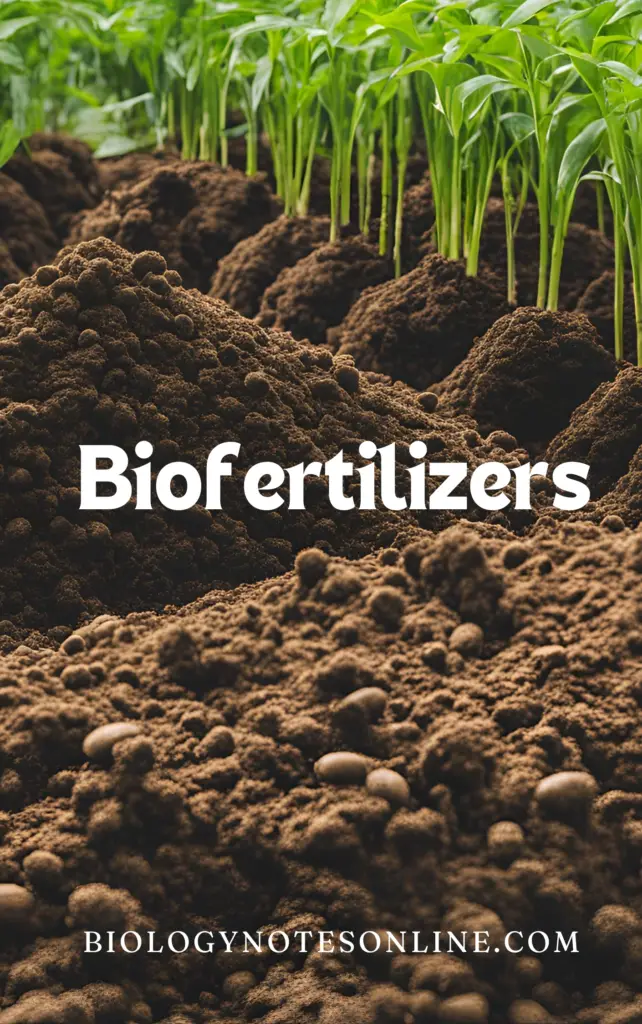
Biofertilizers
By Biologynotesonline.comBiofertilizers: Principles and Applications delves into the world of biofertilizers and their pivotal role in sustainable agriculture. This comprehensive text is organized into five well-structured units, each addressing critical aspects of biofertilizer use and its implications for crop production.
Unit 1: Microbes Used as Biofertilizers explores the fundamental concepts of biofertilizers, focusing on various microbes employed to enhance soil fertility. Key topics include the isolation, identification, mass multiplication, and carrier-based inoculants for Rhizobium, as well as an introduction to Actinorrhizal symbiosis.
Unit 2: Azospirillum and Azotobacter provides an in-depth look at Azospirillum and Azotobacter, including their isolation, mass multiplication, and carrier-based inoculants. This unit also discusses the associative effects of different microorganisms and the classification, characteristics, crop responses, maintenance, and mass multiplication of Azotobacter.
Unit 3: Cyanobacteria, Azolla, and Anabaena Azollae Association examines the role of cyanobacteria (blue-green algae) in nitrogen fixation and the symbiotic relationship between Azolla and Anabaena azollae. It covers factors affecting their growth and their significance in rice cultivation.
Unit 4: Mycorrhizal Associations discusses various types of mycorrhizal associations, their taxonomy, occurrence, and distribution. This unit highlights the influence of phosphorus nutrition on crop growth and yield, the colonization of Vesicular Arbuscular Mycorrhizae (VAM), and methods for isolating and producing VAM inoculum, along with their effects on crop plants.
Unit 5: Organic Farming and Recycling focuses on practices related to organic farming and waste recycling. It covers green manuring, organic fertilizers, biocomposting methods, vermicomposting types and techniques, and the application of organic composts and fertilizers in the field.
Unit 1: Microbes Used as Biofertilizers
Unit 2: Azospirillum and Azotobacter
Unit 3: Cyanobacteria, Azolla, and Anabaena Azollae Association
Unit 4: Mycorrhizal Associations
Unit 5: Organic Farming and Recycling
Helpful: 0%